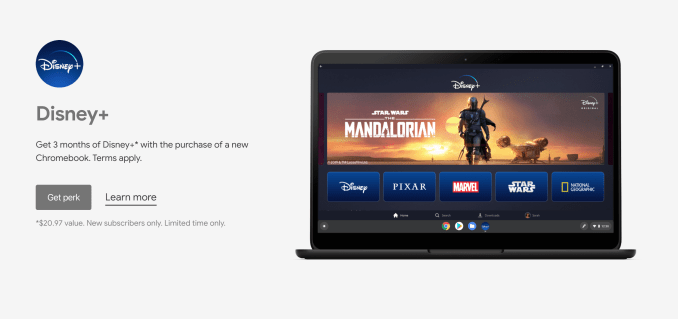The Daily Crunch is TechCrunch’s roundup of our biggest and most important stories. If you’d like to get this delivered to your inbox every day at around 9am Pacific, you can subscribe here.
1. Twitter will free up handles by deleting inactive accounts
“As part of our commitment to serve the public conversation, we’re working to clean up inactive accounts to present more accurate, credible information people can trust across Twitter,” the company said.
Sounds like a smart move, with one big catch: If someone with a Twitter account died more than six months prior and no one else has their login, their account will be deleted. So hopefully, Twitter will come up with a way to memorialize these accounts.
2. Facebook buys VR studio behind Beat Saber
Virtual reality doesn’t have many hit games yet, but Facebook is buying the studio behind one of the medium’s biggest titles. It says Beat Games will join Oculus Studio but will continue to operate independently.
3. Indian scooter rental startup Bounce raises $150M
Bounce, formerly known as Metro Bikes, allows customers to rent a scooter for as little as Rs 1 (0.1 cents) per kilometer and Rs 1.5 per hour. Sources told us the new financing round values the startup “well over $500 million.”
4. Netflix leases New York’s Paris Theatre
Netflix is expanding its theatrical presence by signing a long-term lease for a historic single-screen venue in New York City. This follows reports that the streaming company is also working to buy the Egyptian Theatre in Los Angeles.
5. Cloudflare CEO Matthew Prince is coming to Disrupt Berlin
Back in 2010, web performance and security company Cloudflare launched on-stage at our Disrupt SF Battlefield. And as Prince loves to remind us, the company came in second.
6. Gift Guide: STEM toys for your builders-in-training
Yep, it’s gift guide season. Here’s our updated roundup of the latest wares clamoring to entice and inspire kids with coding tricks and electronic wizardry.
7. We’re democratizing information about startups with Extra Crunch
The Daily Crunch includes links to Extra Crunch stories just about every day. But if you’re still wondering what exactly TechCrunch’s premium membership program offers, here’s a 45-second video explaining everything you need to know.
Source: Tech Crunch






 “The laziest merch ever” one TechCrunch staffer said. “If only there was 40 years of Star Wars Merchandise as a precedent. They would sell ten billion yoda beanie babies” quipped another. The lack of a plush doll, baby clothes, chew-safe rubber toys for tots and dogs, or original artwork indicate Disney was so busy getting its streaming service off the ground that it didn’t realize it already had a mascot. Yoda backpacks have been a hit for decades. Where’s the Yoda baby bjorn chest pack?
“The laziest merch ever” one TechCrunch staffer said. “If only there was 40 years of Star Wars Merchandise as a precedent. They would sell ten billion yoda beanie babies” quipped another. The lack of a plush doll, baby clothes, chew-safe rubber toys for tots and dogs, or original artwork indicate Disney was so busy getting its streaming service off the ground that it didn’t realize it already had a mascot. Yoda backpacks have been a hit for decades. Where’s the Yoda baby bjorn chest pack?